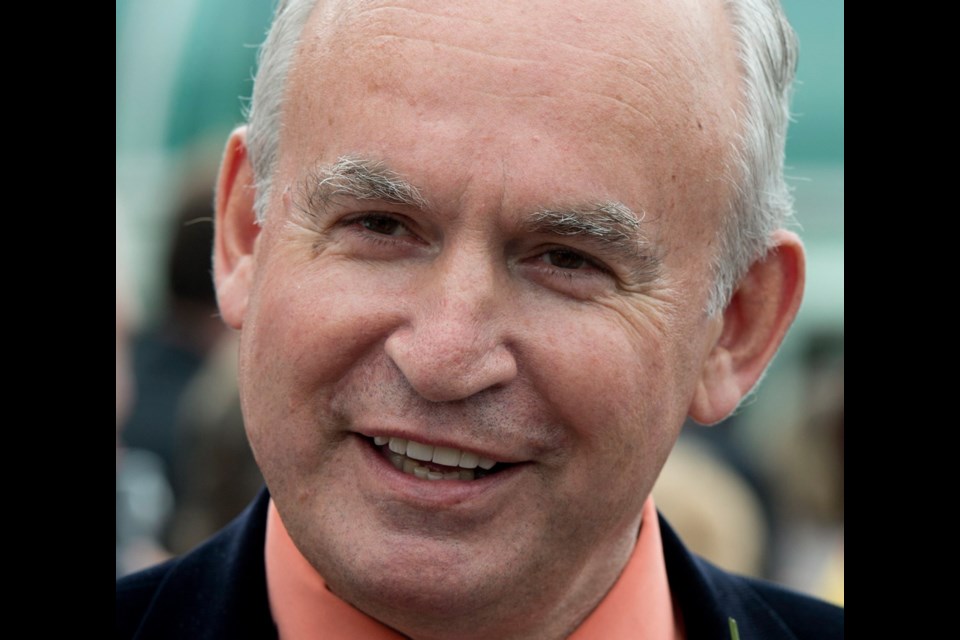B.C. Hydro says power conservation and new projects like the Site C dam will help meet the province’s electricity needs for the next 20 years, with enough leftover to feed power-hungry liquefied natural gas plants.
The Crown power corporation released on Friday its Integrated Resource Plan, which plots out a path to meet 20 years of growing electricity demand.
Conservation and an investment in key power projects and upgrades should help meet an expected 40 per cent increase in power use by 2024, as the province’s population grows by more than 1.1 million people, Hydro said.
And there should be enough electricity to power the emerging LNG plants in B.C.’s northwest, as long as those plants use mostly natural gas turbines and pull on the province’s power grid only for “ancillary requirements,” such as office lighting, the report said.
“We’re happy about that, because there’s enough pressure on rates right now that we’re not looking to have B.C. Hydro spend money to generate new electricity except where it’s necessary,” said Energy Minister Bill Bennett.
Ensuring enough power for LNG plants, currently planned mainly around Kitimat and Prince Rupert, is key to developing an industry Premier Christy Clark has said could generate billions in revenue and pull the province out of debt within decades.
The draft Hydro report is out for public consultation until Oct. 18.
It recommends B.C. proceed with the $8-billion Site C dam in the Peace River region, as well as reinforce a transmission line from Prince George to Terrace, among other projects.
“It really, I think, confirms government’s decision to go ahead with Site C if it gets the environmental certificate,” Bennett said.
Opposition NDP critic John Horgan said he is still not convinced Site C is necessary. Horgan said all the numbers and estimates in Hydro’s report should be put through an independent review by the B.C. Utilities Commission.
Horgan reiterated his belief that Hydro rates are going to rise, as the Crown corporation struggles with unfavourable private power contracts and billions in deferred debt. Every billion in new spending will result in a seven or eight per cent increase to rates, he said.
“There’s no good news on the horizon for Hydro customers, other than this [report] is out there to kick around,” he said.
There was no mention of rate hikes in Hydro’s plan. But Bennett admitted that billions in projects to modernize the power system, increase capacity and prevent brownouts will eventually increase consumer bills.
“I will be looking at anything and everything that is practical and is common-sensical that will keep rates down,” he said. That includes reviewing the government’s Clean Energy Act, he said. The 2010 law calls for Hydro self-sufficiency, reduced greenhouse gas emissions and clean energy investments.
The Hydro report made no mention of time-of-use electricity pricing. “There’s no movement toward that,” Bennett said. “Government is not interested in it.”



